Tin HiFi T2 DLC Review: A Modern T2 in 2022?
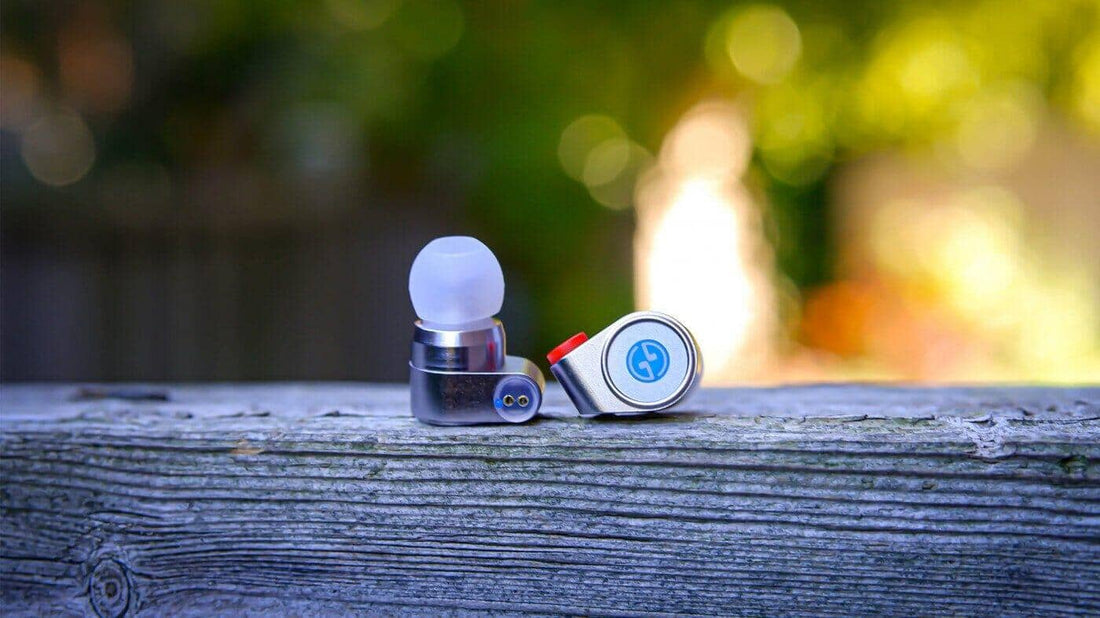
Tin HiFi T2 DLC Review
Written by Fc-Construct
Introduction
The first review I ever wrote was on the original Tin Audio T2. It was a short little collection of thoughts dressed up in a review format that serendipitously led me down the rabbit hole of personal audio. Four years later, here I am with Tin HiFi (formerly Tin HiFi)’s latest T2 variant: the $70 T2 DLC . Note that I said latest variant; ever since the original T2, Tin HiFi has been chasing after that original model that brought their name, however briefly, into the spotlight. In between the T2 and T2 DLC exists the T2 Pro, T2 Plus, and T2 Evo. Yes, there are 5 models in the T2 line-up. Unfortunately for Tin HiFi, the ChiFi market has evolved tremendous in those four years and none of the later T2 variants have managed to capture any real attention. This time, Tin HiFi promises to return to its roots in the T2 DLC by revisiting its original design principles with the advancements IEM technology gained over the past few years.
- Product Summary
- Build and comfort
- Sound and Frequency Response
- Comparison to DUNU Titan S
- Comparison to Tin HiFi T2
- Conclusion

Tin HiFi T2 DLC - Product Summary
- Reasons to buy
- Balanced Tuning
- Reasons not to buy
- Dampened and Compressed Sound
- Technical Performance is not Competitive
- Lacking in Treble Character
Build and Comfort
When Tin HiFi said they stayed true to the original T2’s design language, they weren’t kidding. The T2 DLC is almost a carbon copy of the T2 in build and accessories. For accessories, you get 6 sets of S/M/L silicon tips and a pair of the classic blue T2 foam tips. The included cable is a 2-pin 8-core braided cable with pre-molded earhooks. The 2-pin system is a welcome change from the original T2 with its MMCX cable that was susceptible to failure. While I thought the cable was pretty good four years ago, it doesn’t hold up to modern standards for a stock cable. The biggest problem is that it's extremely prone to tangling.
Visually, the major difference is that the backplate now sports the Tin HiFi logo. The shell otherwise retains the classic T2 bullet shape. Internally, the most important difference is the driver set-up. The original T2 sports 2 dynamic drivers at a 6 mm + 10 mm configuration. The T2 DLC uses a single 10 mm Diamond-Like Carbon (hence DLC) driver.
In terms of comfort, it’s exactly like the original T2. That is to say, not the best. It has a short, wide nozzle that flares out quickly. This means that despite the bullet-style build, you can’t insert it too deeply. It’s not the most ergonomic shell out there but works OK enough for me. I do feel a bit sore after a while, however. The pre-molded earhooks help hold it in place quite well. One of the benefits if its shell design is that if you want to wear it cable down, you’ll just have to get a cable without the earhooks.
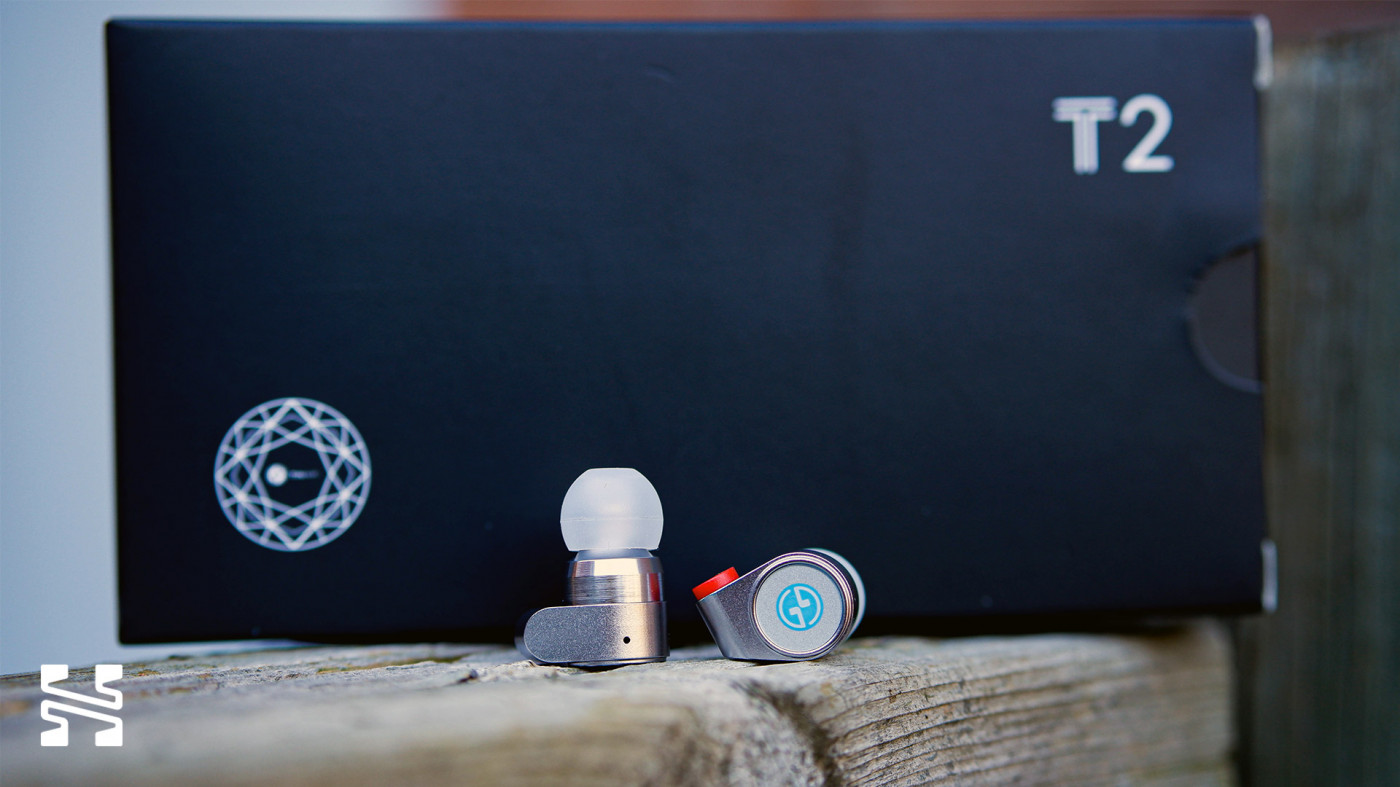
Sound and Frequency Response
At first listen, the T2 DLC sounds fairly neutral. It has a significant upper mids presence and a bit of a bass hump to balance things out. Treble is extended but there is a dip in the mid-treble region. What strikes me is that the T2 DLC doesn’t sound like anything beyond its frequency response. There’s very little of interest to note of it on a technical level except that it sounds quite dampened.
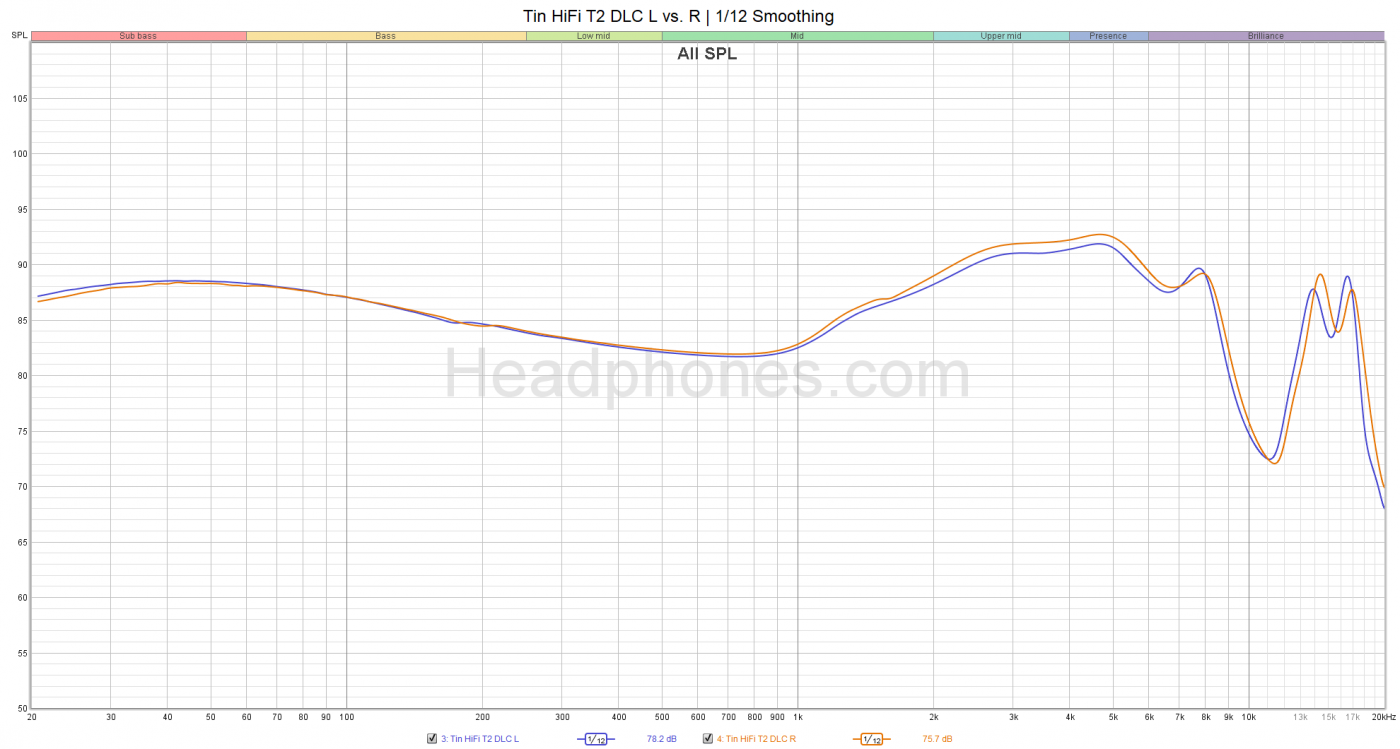 Frequency response of the Tin HiFi T2 DLC. Measurement taken with an IEC-711 clone microphone. Comparisons can only be made relative to other measurements taken by this specific microphone. A peak at about 8 – 10 kHz is likely an artifact of the measurement rig and may not exist as depicted here. Measurements above 8 kHz are not accurate. If possible, reference multiple measurements.
Frequency response of the Tin HiFi T2 DLC. Measurement taken with an IEC-711 clone microphone. Comparisons can only be made relative to other measurements taken by this specific microphone. A peak at about 8 – 10 kHz is likely an artifact of the measurement rig and may not exist as depicted here. Measurements above 8 kHz are not accurate. If possible, reference multiple measurements.
As you can see, the measurements line-up pretty much exactly with my initial thoughts, though there is a little more lower treble extension from the upper mids than I expected. Once again, while we should take anything beyond the 8 kHz peak with a grain of salt, we can see the upper treble extension of the T2 DLC. While there is some sparkle up top for bell-like instruments or chimes, it’s not particularly airy. Rather, it seems like the extension acts mostly to help the T2 DLC from sounding rolled-off. I suspect that the large 10 kHz-ish dip is what’s causing a loss of upper harmonic energy and part of that dampened response. As such, while the attack of the hats and cymbals are crisp, definition is a little fudged on individual notes. Despite the crisp attack, the T2 DLC isn’t particularly sharp sounding. But neither is it a smooth sounding IEM. It sits in a sort of awkward limbo between the two. The brilliance and shimmer of these instruments are lost. In essence, while the notes are there, they have little characterization to them.
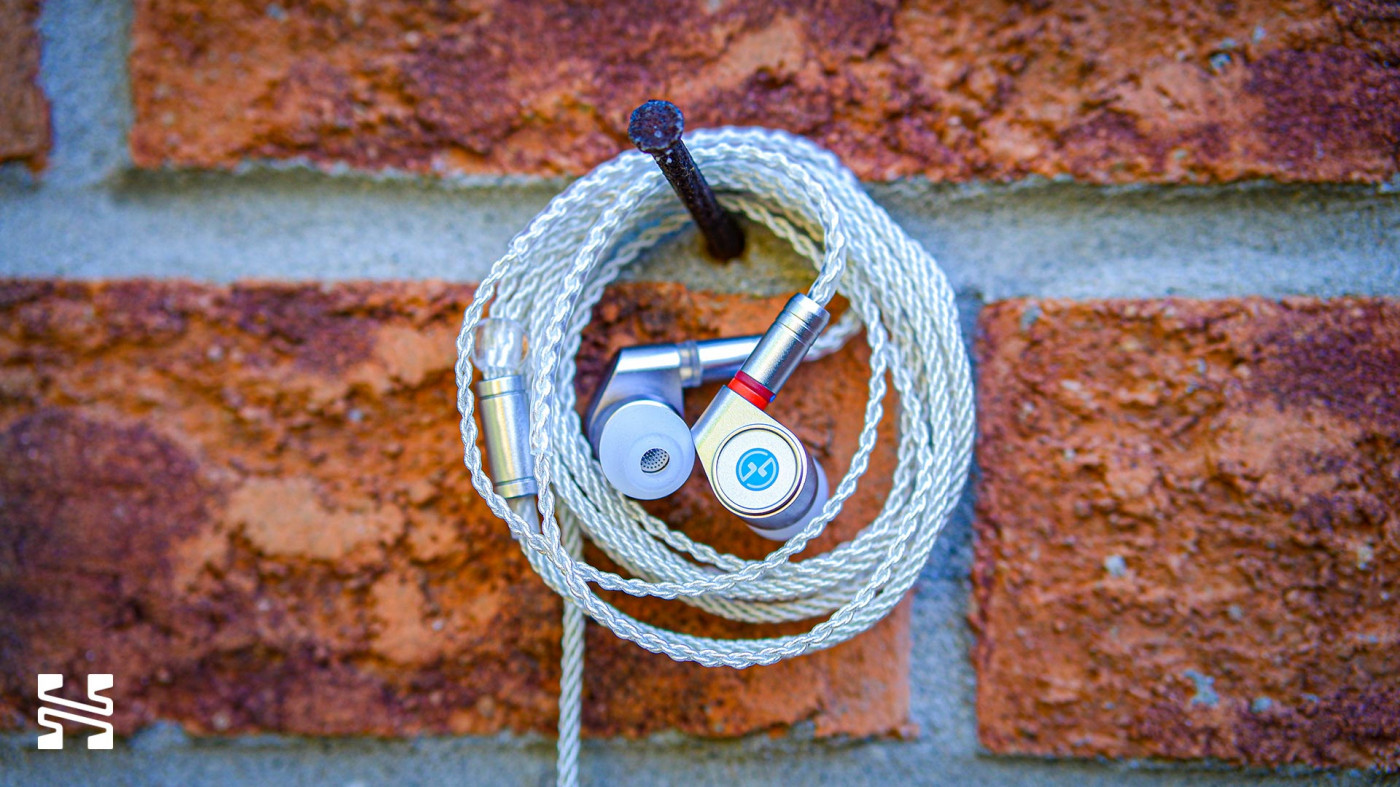
The larger problem the T2 DLC suffers from is its feeling of compression. I mentioned how it sounds dampened, but the better way is to think of it as having a sort of air cushion acting as a spring and pushing back against the sound. It’s like the driver can’t complete the full range of its excursion and is dampened right at the very end. It’s most apparent with drums and vocals where they feel strained. Drums can almost sound like they’re breaking up in some cases. It’s not something you hear all the time but when it happens it can definitely be noticeable. While vocals aren’t sibilant or overly shouty, they do feel stretched, like the vocalists are trying to belt louder than they actually can. Once again, it goes back to that strange sense of compression and dampening overall.
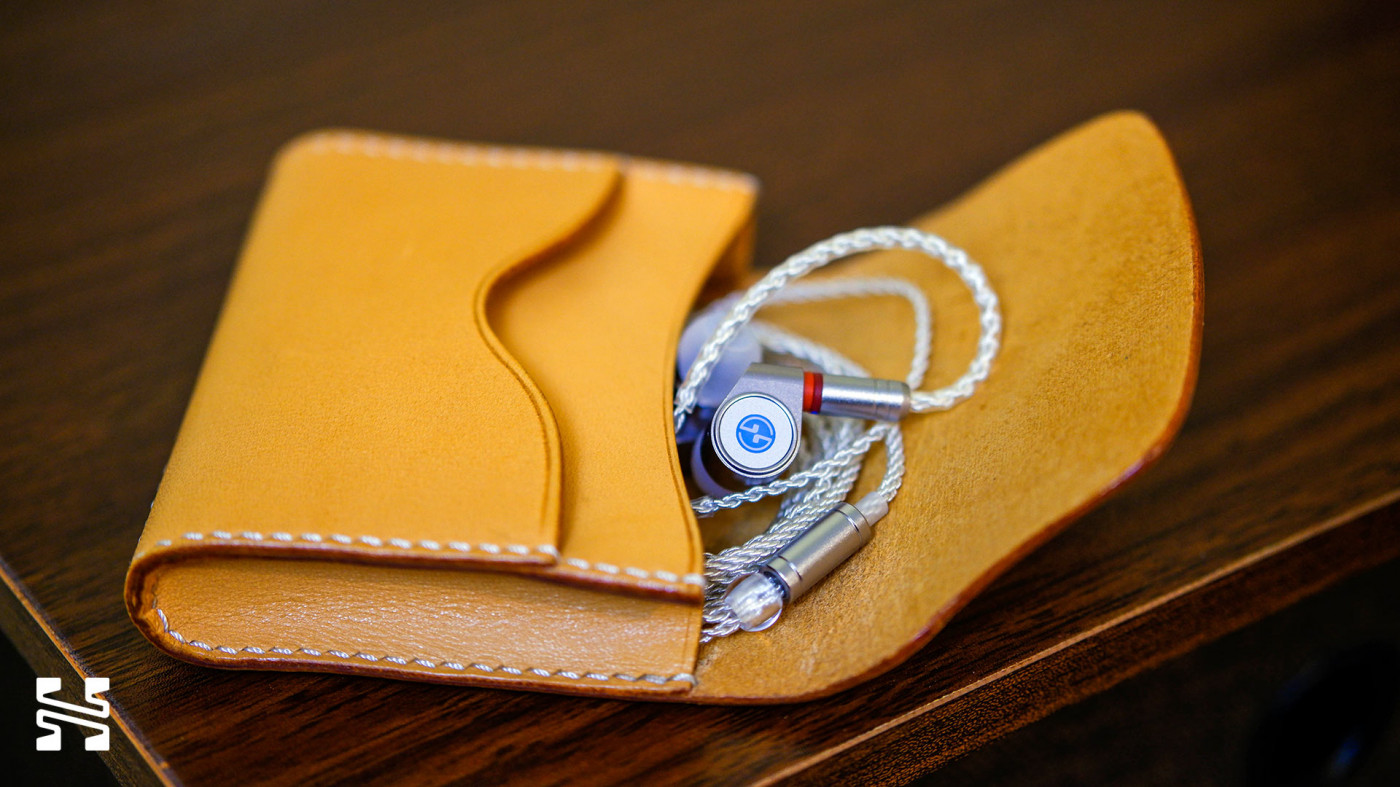
In terms of technical performance, the T2 DLC is middling for the price. It has decent clarity but that’s about it. Soundstage and imaging are basic. There’s horizontal staging but no depth or layering. Resolution and nuance is OK. It’s tuning allows for some level of refinement in instrument separation. To be honest, I didn’t much enjoy listening to music with the T2 DLC. I rarely found myself immersed in the music; I was too distracted trying to unravel the oddities in its presentation. The T2 DLC sounds like an IEM made for analytical listening. Except that it doesn’t have the technical backbone or rawness to achieve that goal. As it is, the T2 DLC feels like it’s straining to perform.
Love our in-depth reviews?
We test and review hundreds of headphones every year. Sign up to get the latest news, reviews, guides, and more in your inbox. Join the 60,000+ like-minded audio lovers who love our newsletter!
Comparison to the DUNU Titan S
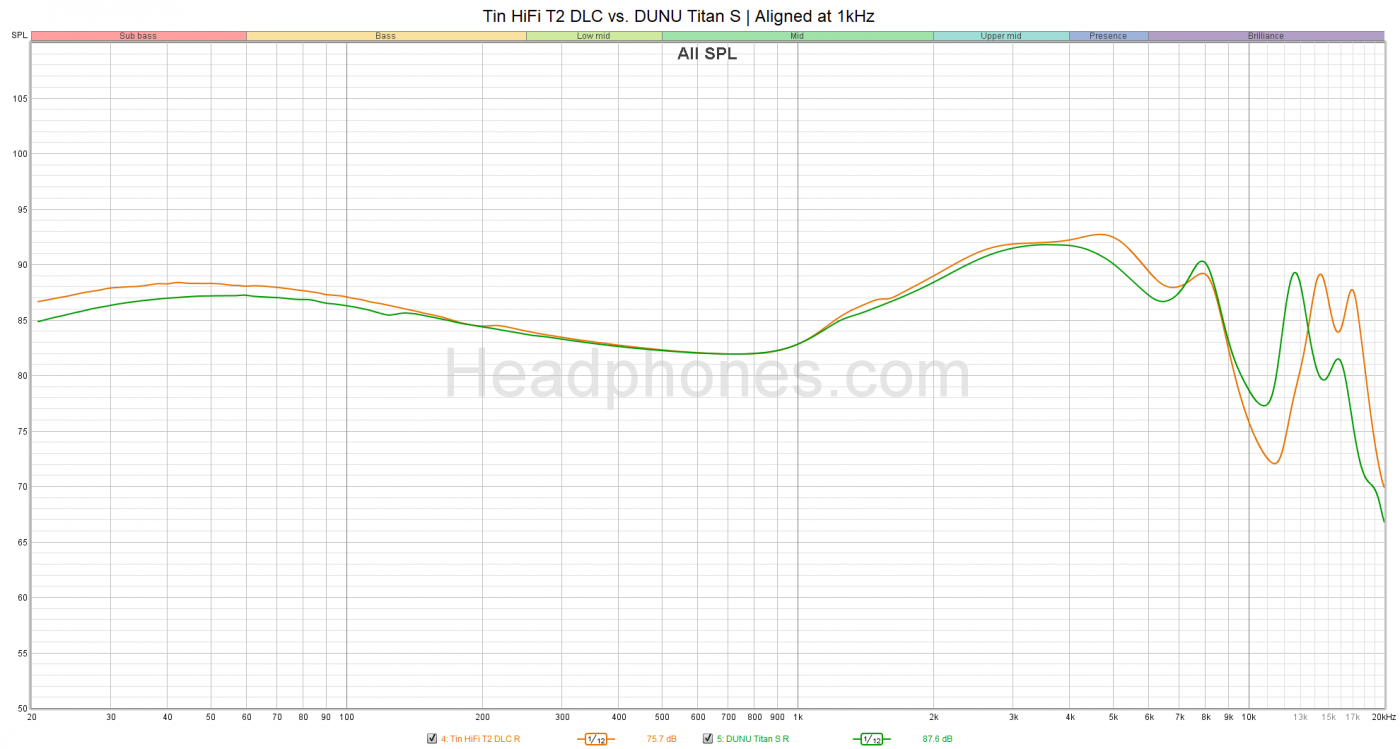 One of the first things I realized after hearing the T2 DLC is that it’s reminiscent of the DUNU Titan S. And looking at the frequency responses graphs here, they’re remarkably similar. But hearing them side by side, there is a very real difference in how I perceive them. Going from the T2 DLC to the Titan S is like unconsciously holding your breath and then suddenly breathing again. It doesn’t sound smothered with an air cushion dampening everything. Vocals are smoothened, drums can breathe, and treble notes regain their brilliance and characterization.
One of the first things I realized after hearing the T2 DLC is that it’s reminiscent of the DUNU Titan S. And looking at the frequency responses graphs here, they’re remarkably similar. But hearing them side by side, there is a very real difference in how I perceive them. Going from the T2 DLC to the Titan S is like unconsciously holding your breath and then suddenly breathing again. It doesn’t sound smothered with an air cushion dampening everything. Vocals are smoothened, drums can breathe, and treble notes regain their brilliance and characterization.
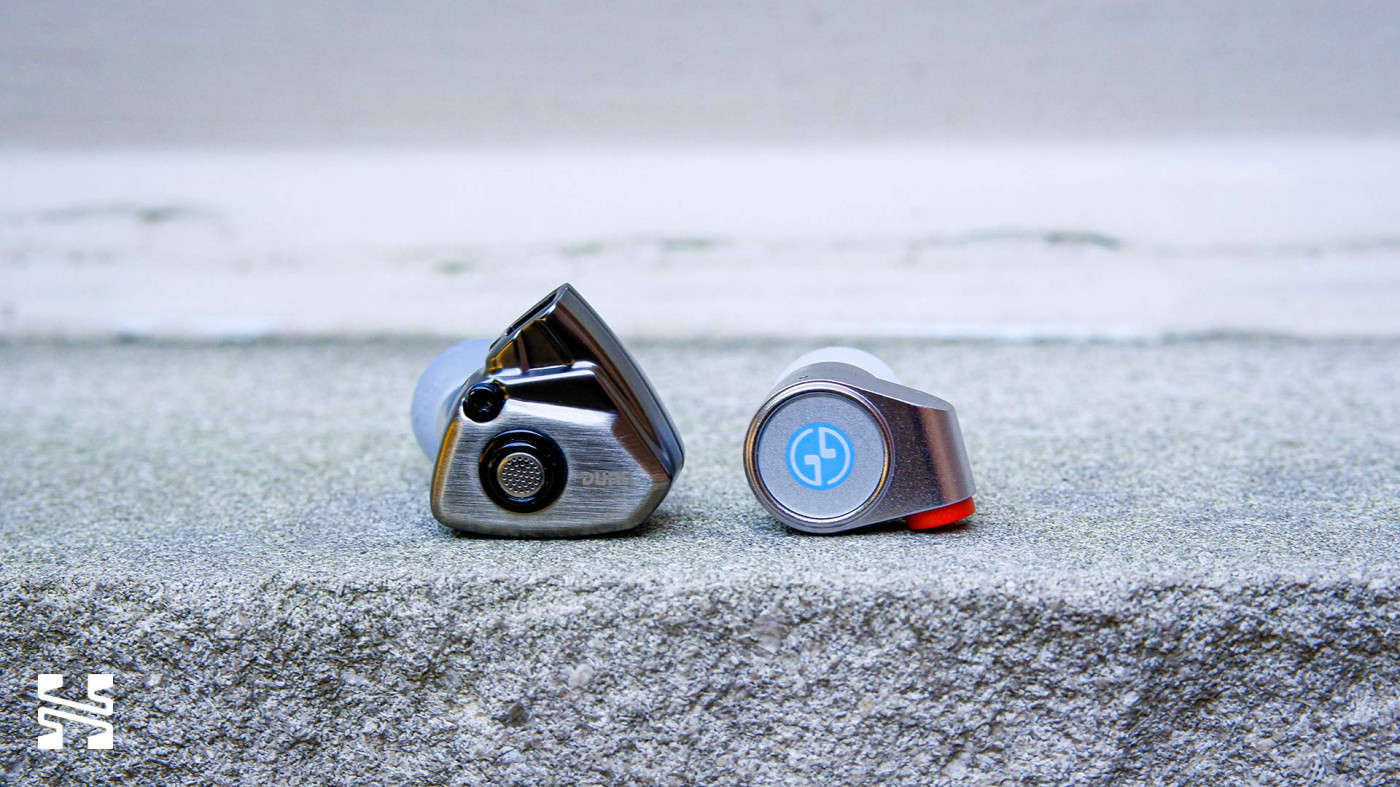
More importantly, I started enjoying music again rather than sit and scrutinize the IEM’s performance. Despite being almost tonally identical, the Titan S feels so much more comfortable to listen with. And this isn’t to mention the improvements in technical performance that the Titan S has over the T2 DLC. The Titan S demonstrates why it competes among the top for the best IEM around the $80 range.
Comparison to the Tin Audio T2
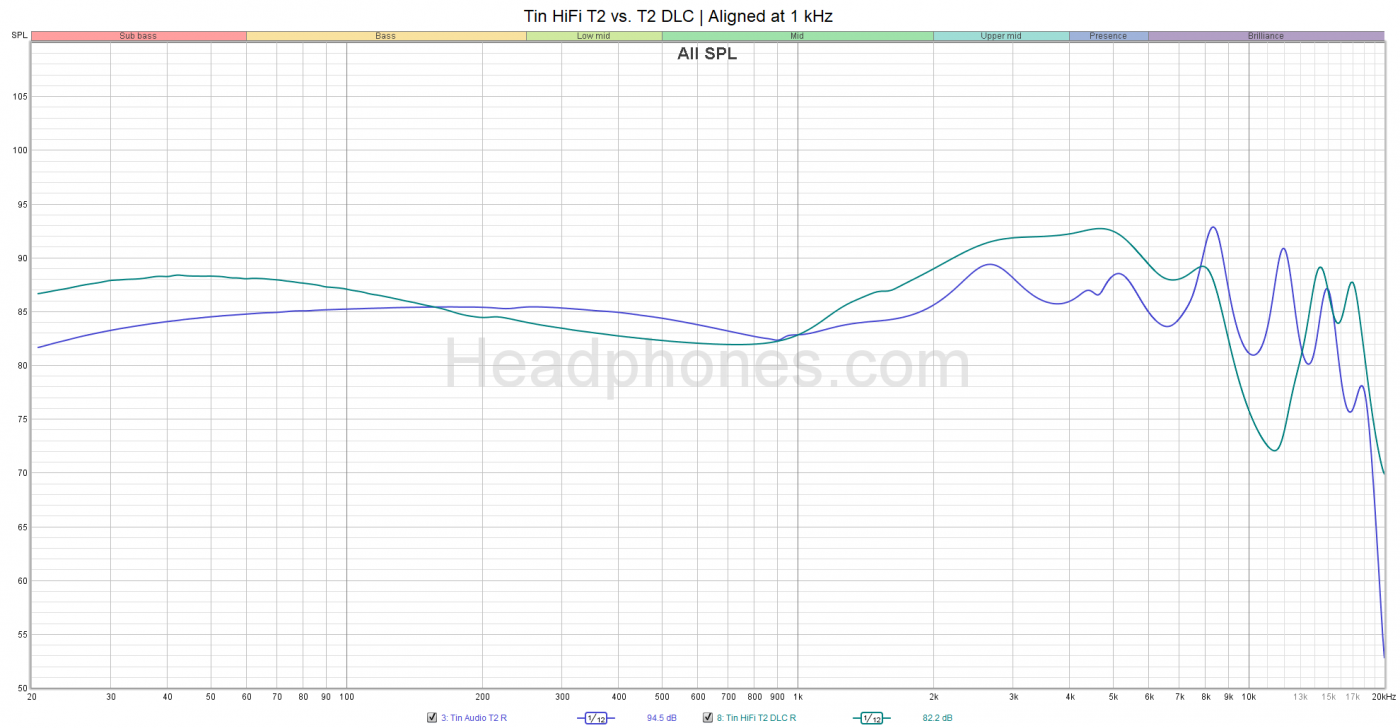 Of course, the most interesting comparison would be to see how it stacks up against the original T2. I dug it out of my drawers and gave it a listen after a very long break. Honestly, I was reminded of why I liked it in the first place. Yes, its technical ability is outdated. There’s a slight lower mids bloat and multiple sharp treble peaks. However, its upper mids has a pleasant tonality and it sounds effortless compared to the T2 DLC. It might be the nostalgia talking but I might actually prefer the original T2. It allows me to enjoy music in a way the T2 DLC just does not. While the T2 DLC is a step up in resolution and clarity, it’s not enough to make me prefer it. Truthfully, it’s neither an upgrade nor downgrade. These two IEMs are sidegrades to one another.
Of course, the most interesting comparison would be to see how it stacks up against the original T2. I dug it out of my drawers and gave it a listen after a very long break. Honestly, I was reminded of why I liked it in the first place. Yes, its technical ability is outdated. There’s a slight lower mids bloat and multiple sharp treble peaks. However, its upper mids has a pleasant tonality and it sounds effortless compared to the T2 DLC. It might be the nostalgia talking but I might actually prefer the original T2. It allows me to enjoy music in a way the T2 DLC just does not. While the T2 DLC is a step up in resolution and clarity, it’s not enough to make me prefer it. Truthfully, it’s neither an upgrade nor downgrade. These two IEMs are sidegrades to one another.
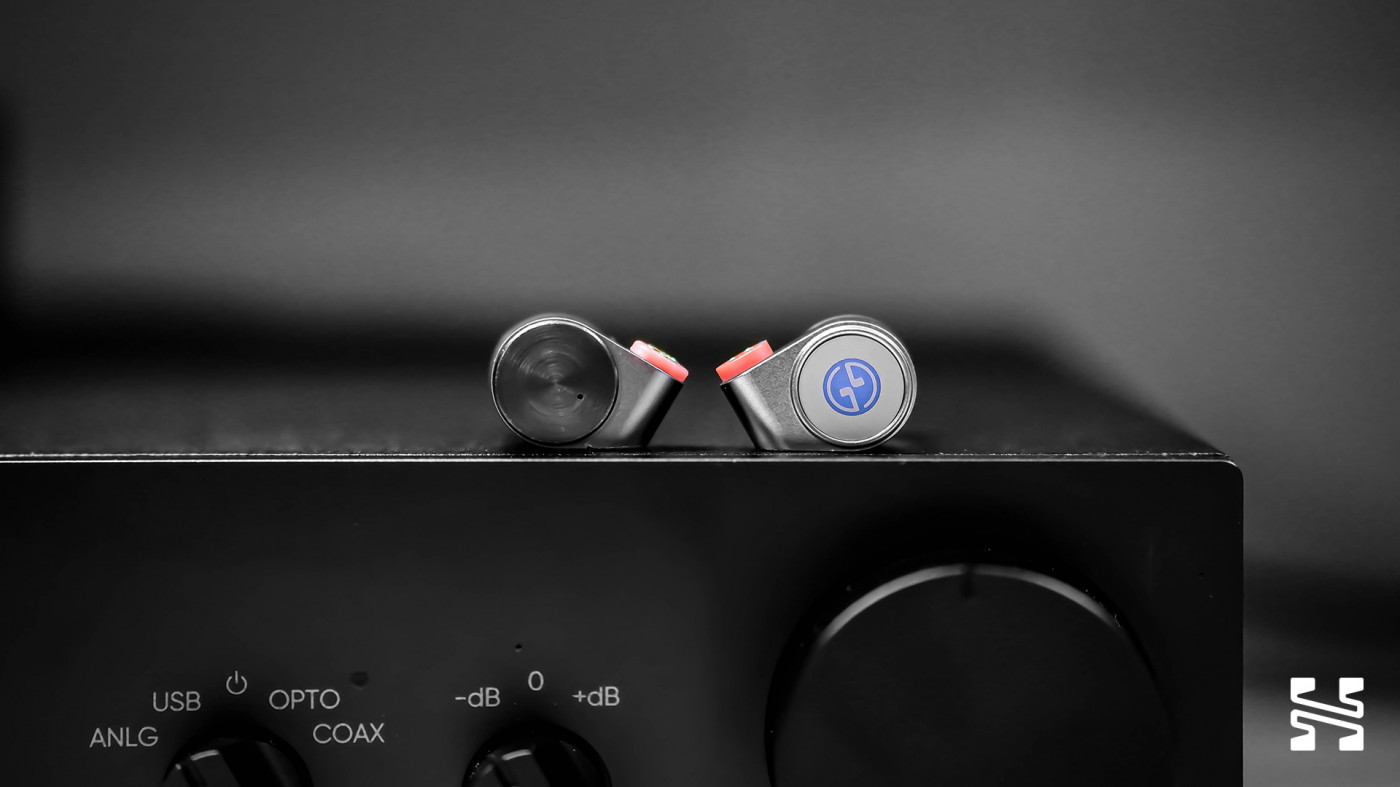
Should You Buy It?
Not really. Objectively, the T2 DLC is not a bad IEM. It’s just not an IEM really worth talking about. As some might say, it’s truly one of the IEMs of all time. The competition below $100 is the fiercest it’s ever been, and Tin HiFi simply isn’t able to keep up. In the last years, they’ve done one of three things: chase past glory, attempt ill-advised innovations, or create me-too products. To be fair, a few of them have worked. But instead of improving upon them, Tin keeps retreading old ground. For example, why did they go back to the classic shell and tangly cable in the T2 DLC? The T2 Plus and P1 Max has shown that Tin HiFi doesn’t have to stick with a four-year-old build designs that don’t work for everyone. Though it’s a minor point, it's indicative of the way the company is looking at product development. As it stands, the T2 DLC is another forgettable IEM in the ever-growing list of T2 variants. But enough ranting. If you want this sort of tuning, just get the DUNU Titan S instead.
--
Join the discussion for all things Hi-Fi audio on our community forums by clicking here!
--
